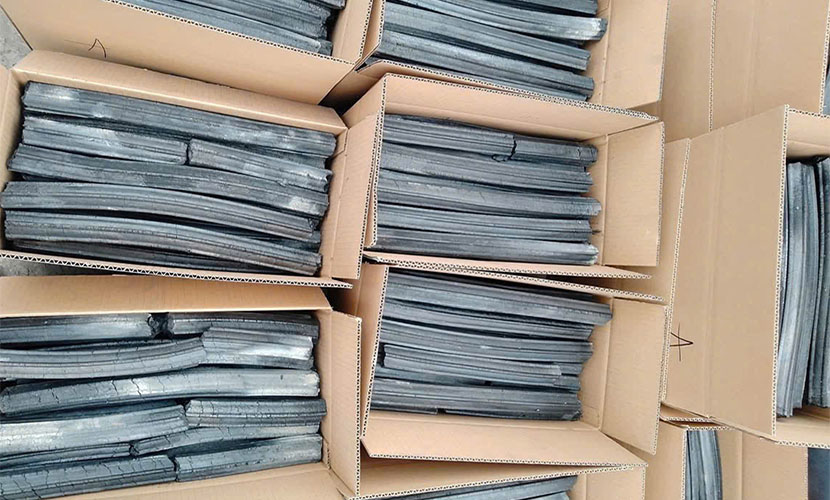
Sawdust briquette charcoal is an eco-friendly, efficient, and sustainable alternative to traditional wood charcoal. Its main materials are sawdust, a byproduct of the wood industry. Specially, sawdust briquette charcoal is popularly usable for cooking, heating, and even industrial energy needs. The producing process is straightforward but requires proper equipment and a systematic approach to ensure high-quality briquettes. There are main steps involving in producing sawdust briquette charcoal.
√ Collection and preparation of raw materials
The primary raw material is sawdust, which derive from sawmills or carpentry workshops. To ensure optimal briquette formation, the sawdust should be dry and free of contaminants like dirt or paint. Also, it should have uniform in size, with particles ideally less than 5 mm.
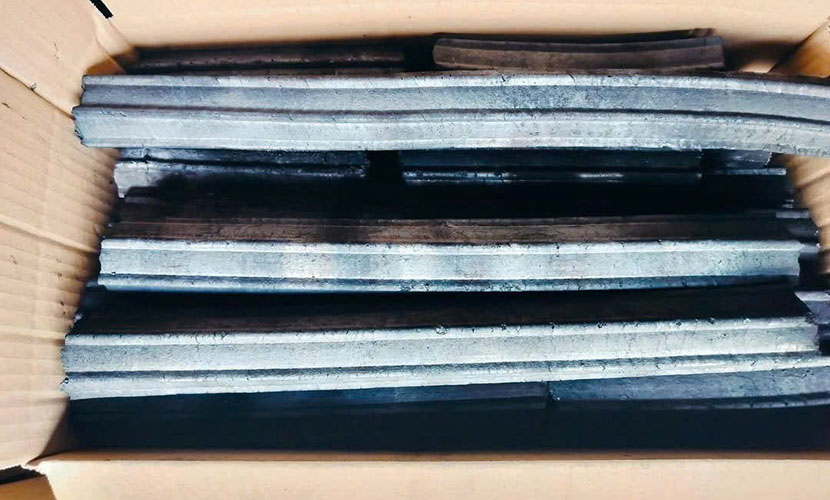
Sawdust briquette charcoal: Grade A
If the sawdust is too moist (more than 10-12% moisture content), the factory should dry it using natural sun-drying or mechanical dryers. As a result, excess moisture will hinder the briquetting process and reduce the quality of the sawdust briquette charcoal.
√ Briquette formation
The dried sawdust is then fed into a briquetting machine, where it is compressed under high pressure and temperature. No binding agents are typically neccessary, as the natural lignin in wood acts as a glue when heating.
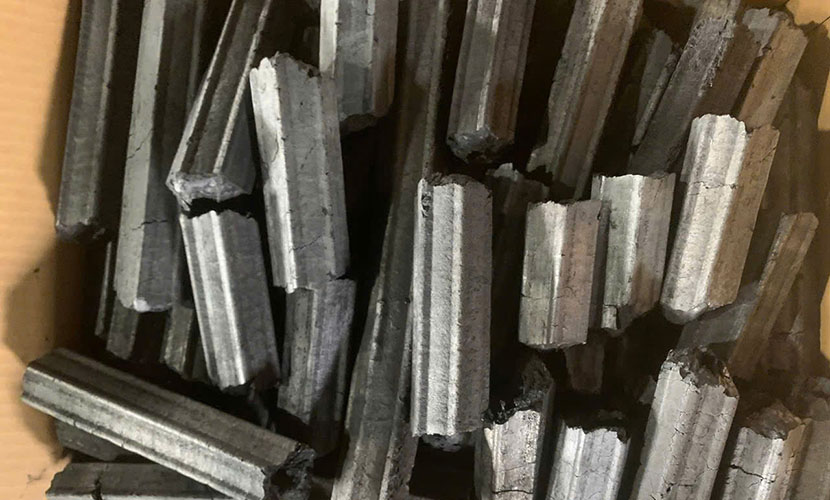
Sawdust briquette charcoal: Grade B
The compression generates enough heat to bind the sawdust into a dense, solid briquette. The resulting product is a green briquette.
√ Drying the green briquettes
After briquetting, the green briquettes may still contain some residual moisture. Therefore, the drying process will be done further, either in the sun or using mechanical dryers, until they are ready for carbonization. Especially, this step is critical, as damp briquettes will not carbonize evenly and may produce poor-quality charcoal.
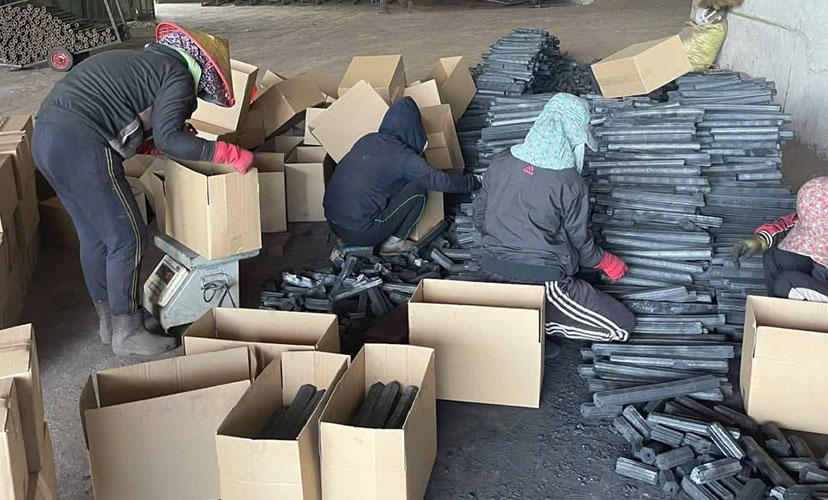
A factory of sawdust charcoal in Vietnam
√ Carbonization
Carbonization is the process of converting the dried briquettes into charcoal. This is typically done in a kiln, where the green briquettes are heated in a low-oxygen environment. The goal is to remove volatile components without burning the briquettes. There are several carbonization methods:
Traditional earth kilns: low-cost but inefficient
Drum kilns: portable and more controlled
Retort kilns: highly efficient and environmentally friendly
The process can take several hours, depending on the kiln and the quantity of briquettes. The end product is a lightweight, black charcoal briquette with high calorific value and minimal smoke emission.
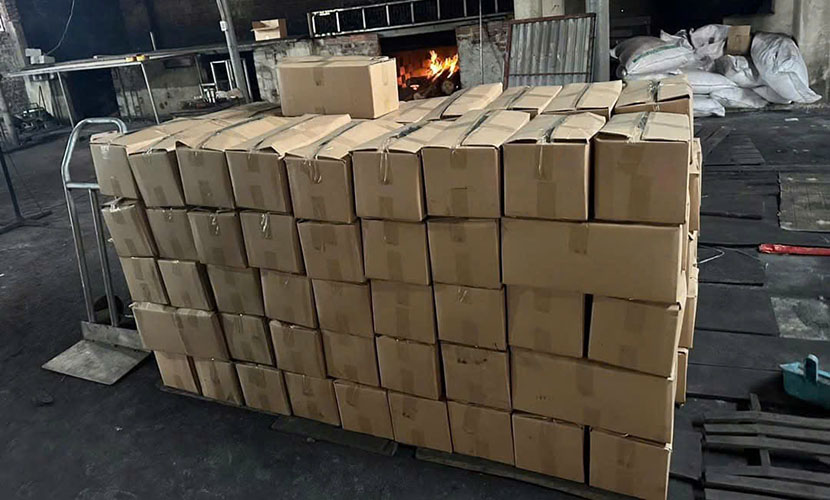
Vietnamese charcoal carton boxes
√ Packaging and Storage
After cooling, factories will screen charcoal briquettes for quality, then pack in airtight bags or boxes to prevent moisture absorption. Proper packaging ensures longer shelf life and maintains the energy content of the briquettes.
Producing sawdust briquette charcoal is a sustainable and profitable process that turns wood waste into a valuable source of renewable energy. Specifically, factories should follow proper techniques, from drying and briquetting to carbonization and packaging.
Then, producers can create high-quality sawdust brequette charcoal that meets both local and international market standards. As energy demands grow and environmental concerns increase, sawdust charcoal stands out as a practical and responsible alternative to conventional fuels.

Sawdust briquette charcoal
If you would like to buy sawdust briquette charcoal from Vietnam, please do not hesitate to contact us:
Company: Agrideco Vietnam Co., Ltd.
Address: No. 02, Alley 325 Kim Nguu, Lane 24D, Thanh Luong Ward, Hai Ba Trung District, Hanoi, Vietnam
Tel/Kakao Talk/Whatsapp: +84 989 649 804
Website: https://agridecovietnam.com
Email: agridecovietnam@gmail.com
